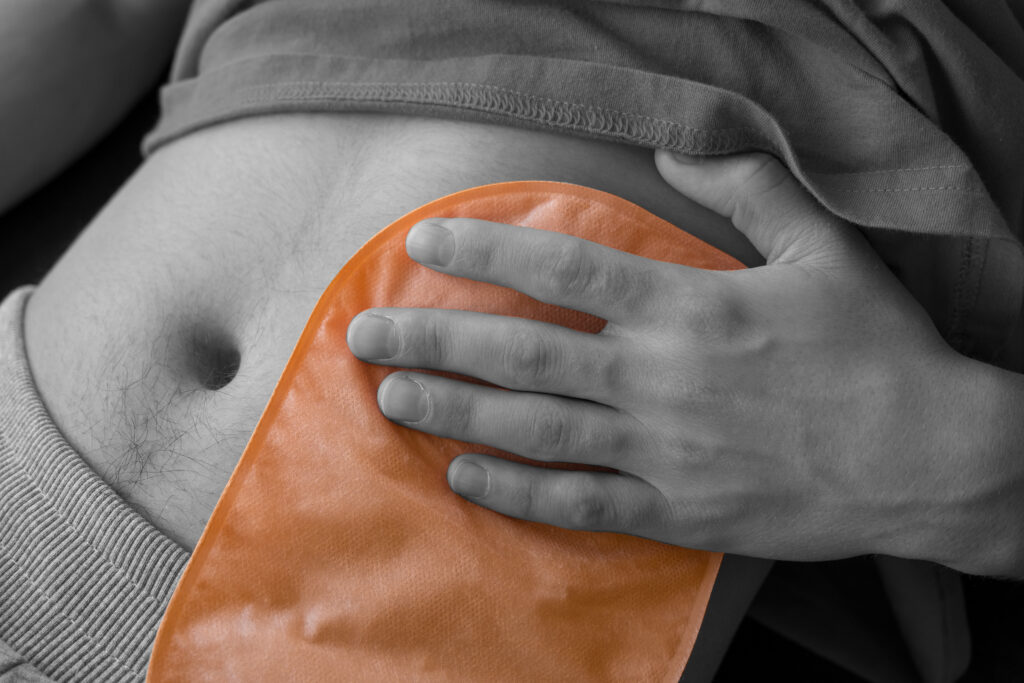Ileostomy and colostomy have many myths attached to them. These myths can shape public perceptions and make the thought of having an ostomy seem frightening. They often lead to unnecessary stigma, making people feel misunderstood or isolated. Our goal today is to clear up these misconceptions and help everyone understand the true nature of these procedures. Knowing more about the everyday life of someone with an ostomy can make a big difference in building compassion and acceptance. Let’s tackle these myths head-on and gain a new appreciation for how these surgeries can change lives for the better.
Understanding Ileostomy and Colostomy
Ileostomy and colostomy surgeries might sound daunting, but they are life-saving medical procedures. Both involve creating an opening in the abdominal wall, called a stoma, to divert stool away from the intestines. An ileostomy is done in the small intestine, while a colostomy is done in the large intestine. These surgeries are crucial when certain conditions, like Crohn’s disease, ulcerative colitis, or colorectal cancer, hinder normal digestion.
Despite the initial fear, these surgeries significantly improve life quality. Many find relief from symptoms that have troubled them for a long time, like chronic pain or fatigue. After the surgery, people can enjoy better health, regaining energy and freedom. Colostomy recovery time and colostomy closure time can vary but the benefits of returning to a normal, active life are invaluable. This transformative journey is a powerful testament to modern medicine’s capabilities.
Myth 1: Everyone Can Tell You Have an Ileostomy or Colostomy
Some believe that others will easily notice stoma appliances, but that’s not true. Today’s products are designed to be discreet, fitting comfortably under most clothing. This discretion boosts confidence in daily activities.
- Wear clothes that make you feel good. Loose or stretchable fabrics can be extra comfy.
- Dark colors or patterns can help keep the stoma less visible.
Modern devices focus on more than just looks; they also prioritize user comfort and security. With thoughtful dressing choices, most folks won’t even realize an appliance is there. The result? A more confident stride in everyday life, without the worry of discovery.
Myth 2: It’s Just for Older Individuals
Many think only older individuals require ileostomy and colostomy. However, these surgeries aren’t age-specific. Young and vibrant people, from kids to young adults, might need these surgeries due to medical conditions. These young ostomates often bounce back strongly, leading fulfilling lives. Their stories of resilience and hope are truly inspiring. Anyone can thrive after surgery, enjoying life to the fullest.
Myth 3: Ostomy Bags Always Smell
The worry about smell is one of the most common questions. Modern colostomy bag technology, however, tackles this issue effectively. Leak-proof designs and odor-proof materials are standard today. Regular bag changes and proper maintenance are simple habits that prevent any lingering smells.
If needed, odor-neutralizing products or sprays can provide extra reassurance. These advancements mean ostomates can mingle confidently in social settings or at work without second thoughts about their appliance.
Myth 4: An Ostomy is Permanent
Many fear an ostomy lasts forever. In reality, some ostomies are temporary, giving the intestines time to heal. Colostomy closure complications are rare if surgeries go well.
- Temporary ostomies allow healing after surgery or damage.
- Colostomy closure time varies, but once healed, intestines can return to working normally.
Sharing stories of successful closures reminds everyone it’s not always permanent. Examples of smooth colostomy recovery time highlight the resilience of the human body and the expertise of medical professionals.
Nutritional Freedom Post-Surgery
There’s a belief that post-surgery there’s little you can eat. But, many ostomates resume a diverse diet over time. Post-surgery, the digestive system adjusts, and individuals regain food freedom. Remember, each body heals differently.
- Introduce new foods slowly to see how they fit.
- Maintain a balanced diet and stay hydrated.
It’s wise to work with a dietitian for guidance, tailoring diets to personal needs and ensuring nutritional health.
Staying Active and Social with an Ostomy
People think an ostomy limits activity and social life. Not true! Many engage in sports and exercises comfortably post-surgery. Whether jogging, swimming, or lifting weights, activity is encouraged.
Socially, life improves with an ostomy. Confidence can boost relationships and friendships. Communication is key. Talking about it fosters understanding and breaks down barriers.
- Stay in touch with fellow ostomates for support.
- Attend gatherings and join online discussions for shared experiences.
Confidence grows by transforming myths into truths, and the quality of life increases with that understanding.
Debunking Health-Related Misconceptions
Fears of health problems, like skin irritations or blockages, often surface. These issues are less common if you monitor your stoma.
Good skin care and regular monitoring prevent issues. Promptly consulting healthcare providers can address concerns early, ensuring better health and peace of mind.
- Keep a clean and dry area around the stoma.
- Use barrier creams as needed to protect skin.
Efficient recovery stems from proactive care and listening to your body’s signals.
Conclusion: Changing Perceptions
Through understanding, myths about ileostomy and colostomy can be debunked effectively. Encouraging open discussions creates a more inclusive environment. Conversations might start small but have a big impact. Connecting with local and online support groups helps people exchange stories, tips, and support, leading to enriched lives. Raise awareness and share insights. With the right knowledge, taboos dissolve, leaving room for empathy, support, and meaningful connections. In spreading truth, we empower those living with ostomies to embrace life confidently and fully.


